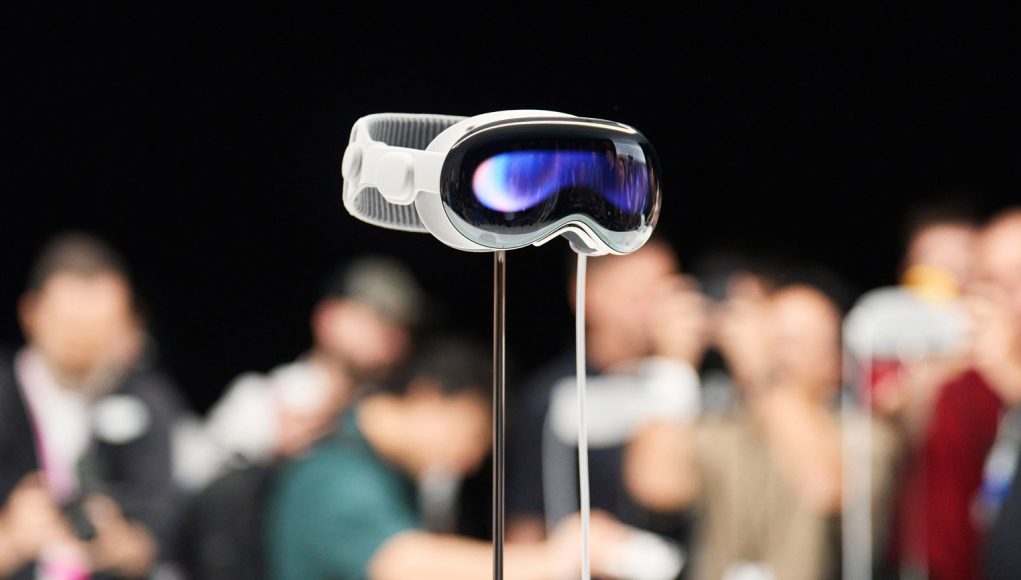Vision Pro is nearly here, but Netflix, YouTube and Spotify won’t have their respective apps on the headset’s app storefront. Netflix co-CEO Greg Peters explains why.
Speaking to Stratechery, Peters says Vision Pro is “not really particularly relevant to most [Netflix] members.” Here’s the portion of the statement where Peters explains his reasoning:
“We have to be careful about making sure that we’re not investing in places that are not really yielding a return, and I would say we’ll see where things go with Vision Pro. Certainly we’re always in discussions with Apple to try and figure that out but right now, the device is so subscale that it’s not really particularly relevant to most of our members.”
It’s an odd take on things, since Vision Pro supports iPad apps in compatibility mode by default, requiring developers to opt-out rather than actively opt-in. This is why Apple can boast millions of App Store apps on Visio Pro day one, making it—for the lack of any better explanation—seem like a high-profile snub towards Apple.
While not confirmed by either company, Bloomberg’s Mark Gurman suggests another explanation: it could be that Apple asked Netflix to make a VisionOS native app after having seen poor performance with the standard iPad app in compatibility mode. Still, as Gurman notes, Netflix has created bespoke versions of its streaming app for equally niche hardware in the past, including Nvidia Shield and Facebook Portal.
For now, there are around 200 native Vision Pro apps; that doesn’t mean there are 200 full-blown XR experiences however, but that those developers have ported their apps to support VisionOS natively. While Vision Pro is largely being pitched as a general computing platform, we’re hoping to see a bigger push from the company to attract the sort of XR apps you’d come to expect on such an immersive device, including both AR and VR stuff. Whatever the case, if the company hopes to launch a cheaper and more consumer-accessible version of the $3,500 headset in the future, it will need more than just video streamers on its side.







